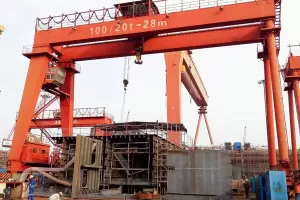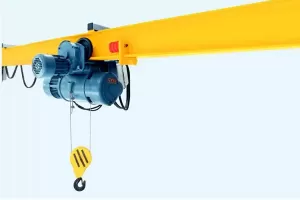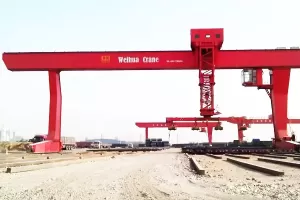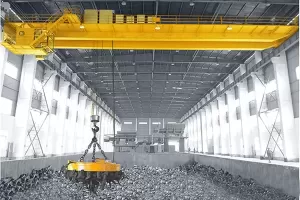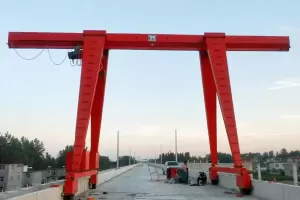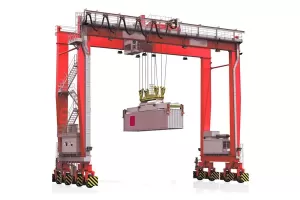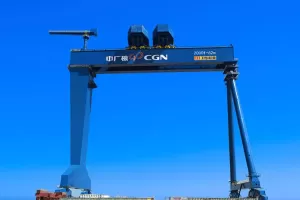When it comes to lifting and moving heavy objects, jib on crane is one of the most popular and reliable solutions. This type of crane is used in a variety of industries, from construction to manufacturing, and is a great choice for Spanish customers looking for a reliable and cost-effective solution.
In this article, we’ll take a look at what jib on crane is, how it works, and the benefits it offers Spanish customers. We’ll also discuss the different types of jib on crane available, as well as the key considerations Spanish customers should keep in mind when purchasing a jib on crane.
What is a Jib on Crane?
A jib on crane is a type of crane that uses a jib, or boom, to lift and move heavy objects. The jib is a long, horizontal arm that is attached to the crane’s main body and can be extended or retracted to reach different heights. The jib is typically made of steel or aluminum and is designed to be strong and durable.
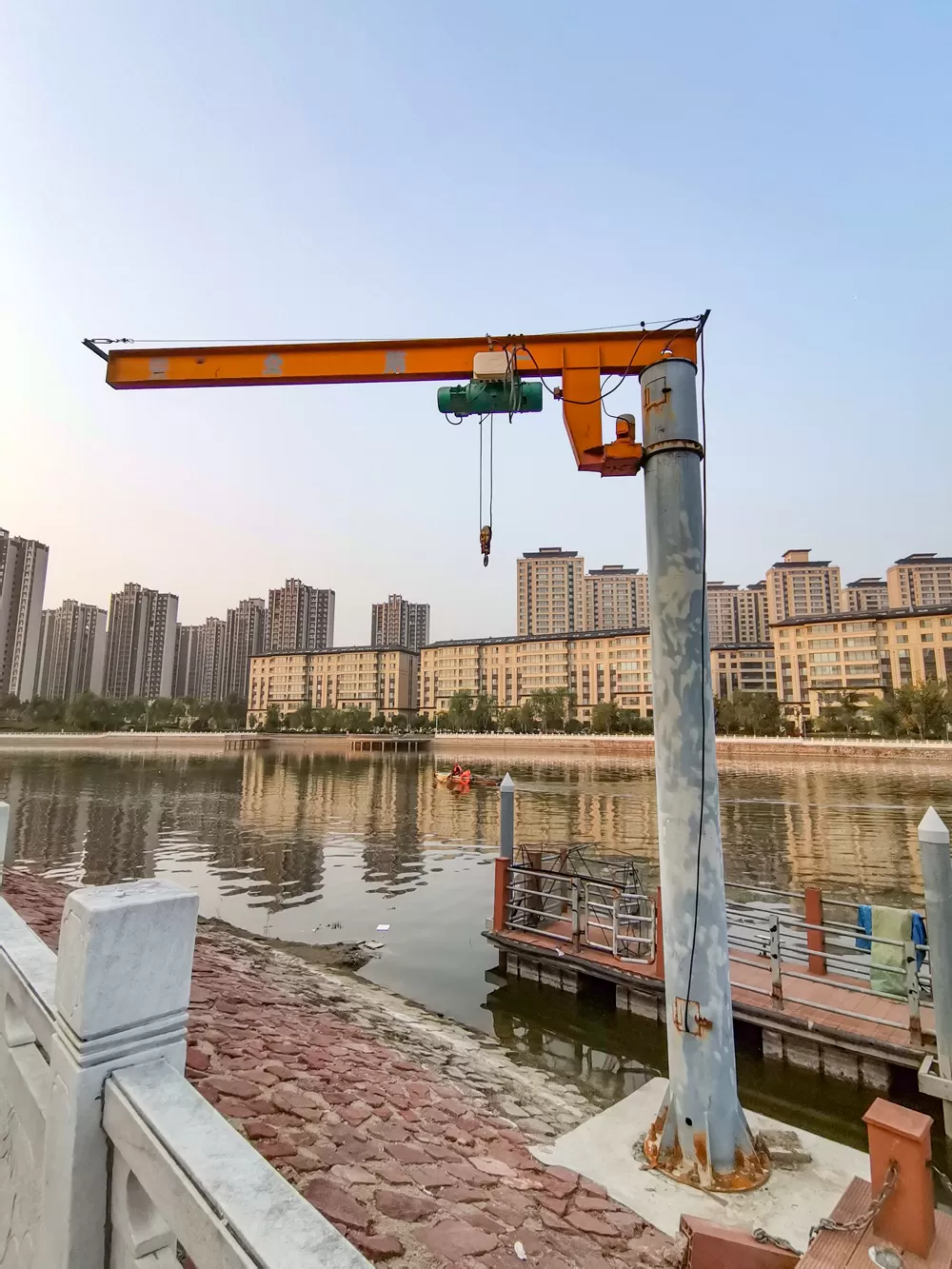
How Does a Jib on Crane Work?
A jib on crane works by using a combination of pulleys, cables, and winches to lift and move heavy objects. The jib is attached to the crane’s main body and can be extended or retracted to reach different heights. The jib is then connected to a winch, which is used to lift and move the object. The winch is powered by an electric motor, which is connected to a series of pulleys and cables. The pulleys and cables are used to control the speed and direction of the winch, allowing the operator to move the object in a controlled manner.
Benefits of Jib on Crane
Jib on crane offers a number of benefits to Spanish customers. First, it is a cost-effective solution for lifting and moving heavy objects. The jib is relatively inexpensive to purchase and maintain, and the winch is powered by an electric motor, which is both efficient and cost-effective.
Second, jib on crane is a safe and reliable solution. The jib is designed to be strong and durable, and the winch is powered by an electric motor, which is both safe and reliable. Finally, jib on crane is easy to use and operate. The winch is controlled by a series of pulleys and cables, which makes it easy for the operator to control the speed and direction of the winch.
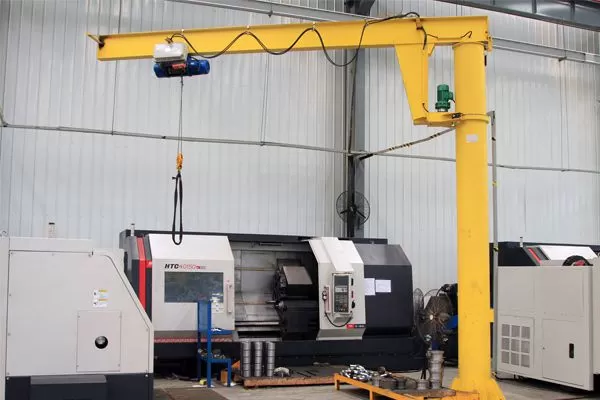
Types of Jib on Crane
There are a number of different types of jib on crane available. The most common type is the fixed jib on crane, which is a single-arm crane that is attached to the crane’s main body and can be extended or retracted to reach different heights. Other types of jib on crane include the telescopic jib on crane, which is a two-arm crane that can be extended or retracted to reach different heights, and the articulated jib on crane, which is a three-arm crane that can be extended or retracted to reach different heights.
Key Considerations for Spanish Customers
When purchasing a jib on crane, Spanish customers should keep a few key considerations in mind. First, they should consider the size and weight of the objects they will be lifting and moving. This will help them determine the type of jib on crane they need. Second, they should consider the environment in which the crane will be used. This will help them determine the type of jib on crane that is best suited for the job. Finally, they should consider the safety features of the jib on crane. This will help them ensure that the crane is safe and reliable.

Conclusion
Jib on crane is a popular and reliable solution for Spanish customers looking for a cost-effective and safe way to lift and move heavy objects. There are a number of different types of jib on crane available, and Spanish customers should consider the size and weight of the objects they will be lifting and moving, the environment in which the crane will be used, and the safety features of the jib on crane when purchasing a jib on crane.


